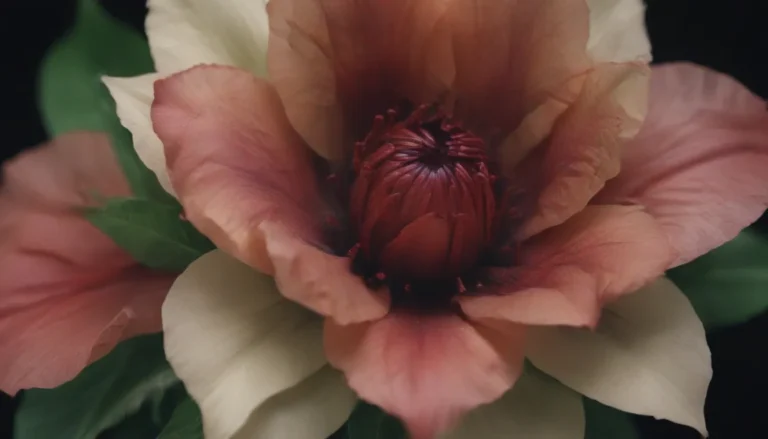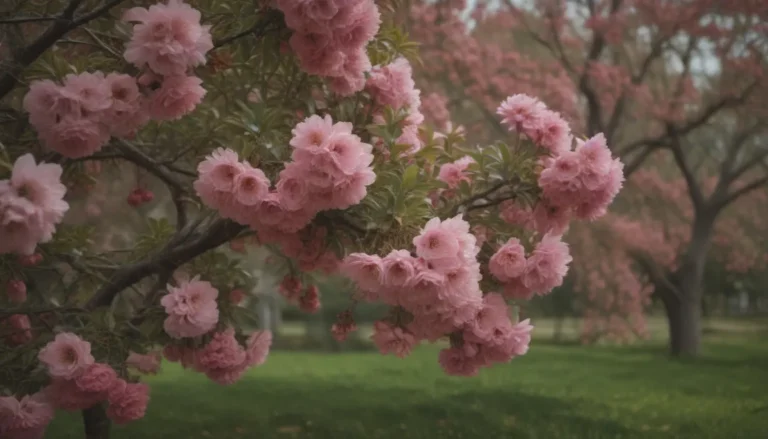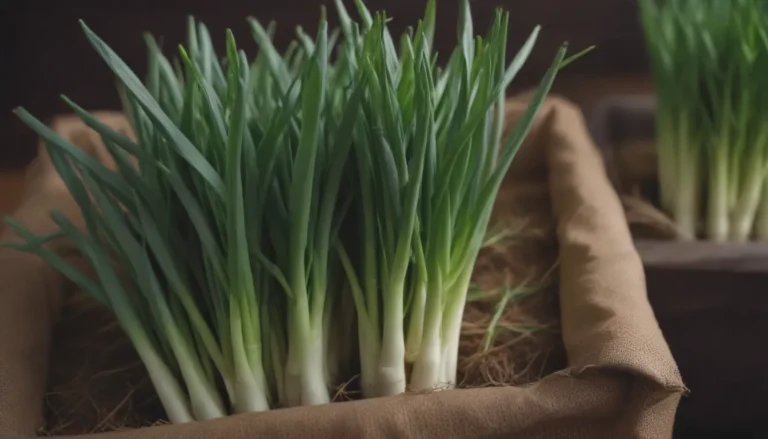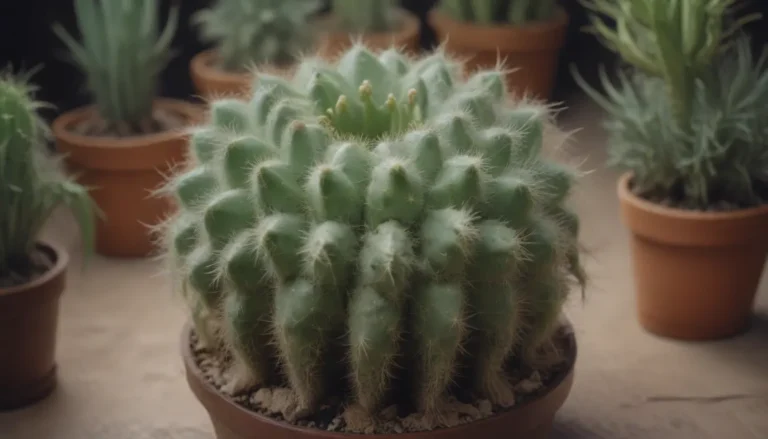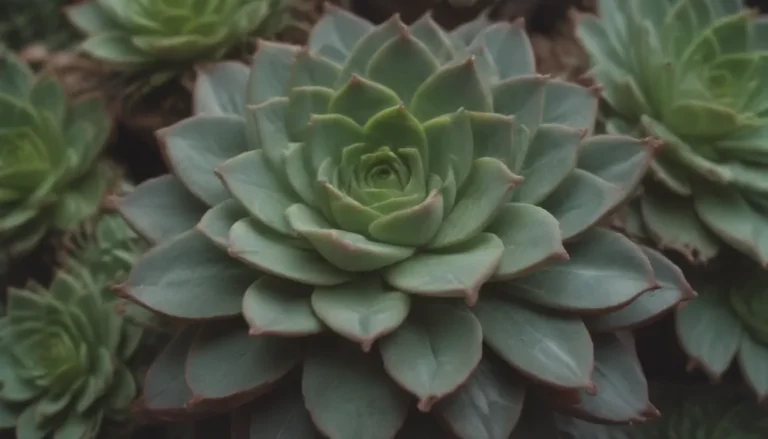Comprehensive Guide to Growing and Caring for Tree Peonies
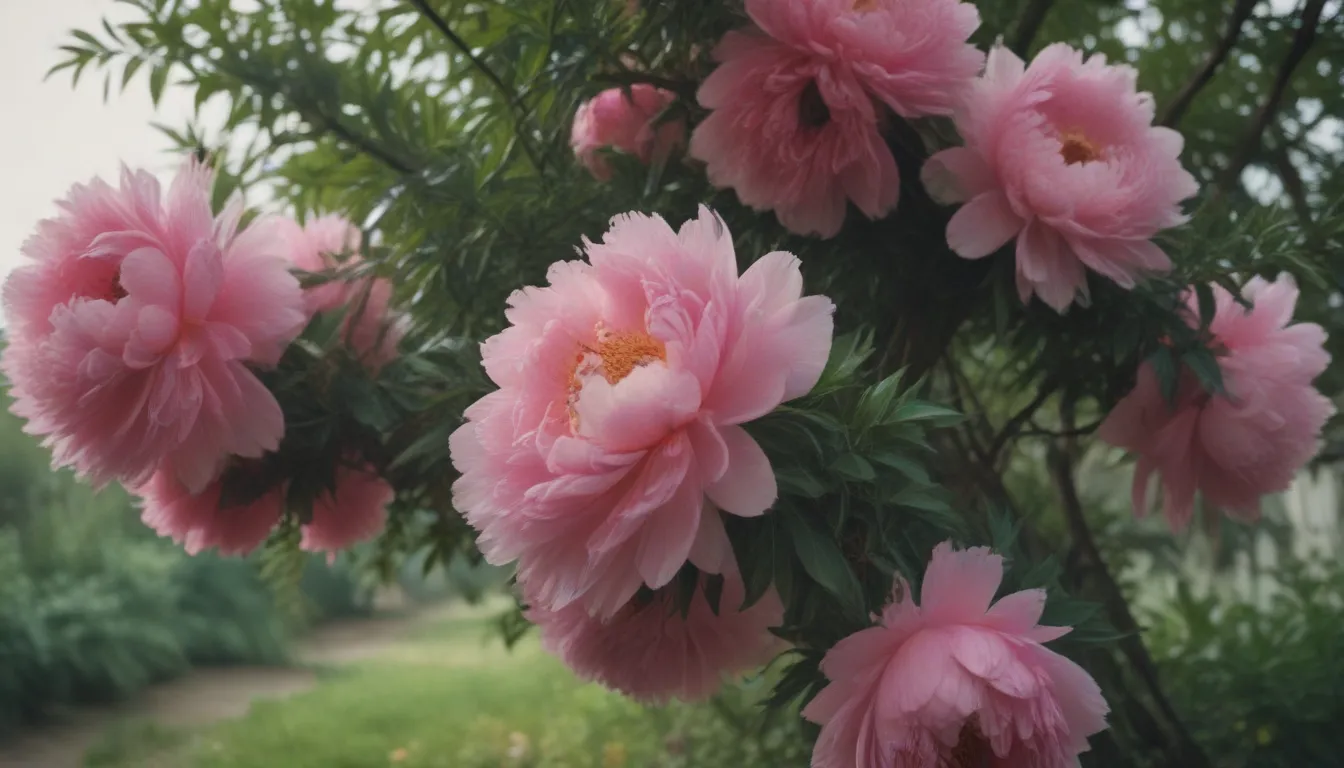
Welcome to our in-depth guide on how to grow and care for tree peonies, the majestic deciduous sub-shrubs that produce stunning, fragrant blooms in the spring. If you’re a fan of peony flowers, tree peonies might just be the perfect addition to your garden. In this article, we will explore everything you need to know about these beautiful plants, from planting and care tips to pruning and common issues.
Tree Peony Overview
Tree peonies, scientifically known as Paeonia suffruticosa, are unique plants that can live up to 100 years and are cold-hardy from 20 to -40 degrees Fahrenheit. These plants bloom for a short period in mid to late spring, but their exquisite, frilly flowers make a lasting impression. Once the blooms fade, the green-leaved shrubs provide a beautiful backdrop for other plants in your garden.
Types of Tree Peonies
Before we delve into the care and maintenance of tree peonies, let’s take a look at some popular varieties:
– P. suffruticosa ‘Red’
– P. suffruticosa ‘Kinkaku’
– P. suffruticosa ‘Kinshi’
– P. suffruticosa ‘Qing Xiang Bai’
Planting Tree Peonies
When it comes to planting tree peonies, timing is crucial. It is recommended to plant them six weeks before the first freeze in late fall to ensure proper establishment. Avoid planting them in the spring, as this can weaken the plants. Here are some key tips for planting tree peonies:
– Plant them in well-drained soil with a neutral or slightly alkaline pH.
– Ensure the soil is rich in compost to provide essential nutrients.
– Water deeply after the top 4 inches of soil have dried out.
Tree Peony Care Tips
Taking care of tree peonies is relatively low maintenance once they are established. Here are some essential care tips to keep your tree peonies healthy and thriving:
Light
- Grow tree peonies in full sun to dappled shade.
- Provide some shade in hot summer sun to prevent the flowers from fading too quickly.
Soil
- Plant tree peonies in well-drained, loamy soil with compost.
- Ensure the soil pH is neutral to slightly alkaline for optimal growth.
Water
- Avoid overwatering tree peonies to prevent root rot.
- Water deeply once the topsoil has dried out to maintain healthy plants.
Temperature and Humidity
- Tree peonies thrive in climates with hot summers and cold winters.
- Mulch in the fall to provide winter protection in borderline-hardy regions.
Fertilizer
- Add compost or manure in spring for a nutrient boost.
- Consider foliar feeding with fish emulsion later in the season for added nutrition.
Pruning and Propagation
Pruning tree peonies is rarely necessary, but removing dead branches and suckers can help maintain a healthy plant. Propagating tree peonies can be done through grafting or division. Here are some tips for pruning and propagating tree peonies:
– Prune dead branches in early spring to preserve buds.
– Dividing a tree peony requires patience and strength.
– Propagate through division in the fall for a successful outcome.
Common Pests and Diseases
While tree peonies are relatively resistant to pests and diseases, it’s essential to watch out for potential issues. Pests like ants, scale, and thrips can be managed with water sprays or insecticidal soap. Here are some common problems and solutions for tree peonies:
– Protect plants from rabbits in winter with wire or cloth.
– Monitor for canker, leaf blight, and stem wilt.
– Avoid pesticide runoff to prevent damage to the plants.
Tips for Blooming Success
Encouraging blooming in tree peonies is a rewarding experience. Deadheading and proper pruning are essential for optimal flower production. Here are some tips to ensure your tree peonies bloom beautifully:
– Deadhead after blooming to redirect energy to new growth.
– Avoid cutting off new buds while pruning.
– Set buds in the summer and prune carefully to maintain blooming potential.
Troubleshooting Common Issues
Even healthy tree peonies may encounter problems from time to time. Keep an eye out for signs of stress and address them promptly. Here are some common issues and how to resolve them:
– Frost-damaged buds may recover as the weather warms.
– Prune leggy shrubs gradually to minimize stress.
– Ensure mature plants are not competing with weeds for sun and water.
Conclusion
In conclusion, growing and caring for tree peonies can be a rewarding experience for any gardener. By following the tips and guidelines outlined in this comprehensive guide, you can ensure your tree peonies thrive and produce spectacular blooms year after year. Remember to provide adequate sunlight, well-drained soil, and minimal maintenance to enjoy the beauty of these remarkable plants in your garden. Happy gardening!

